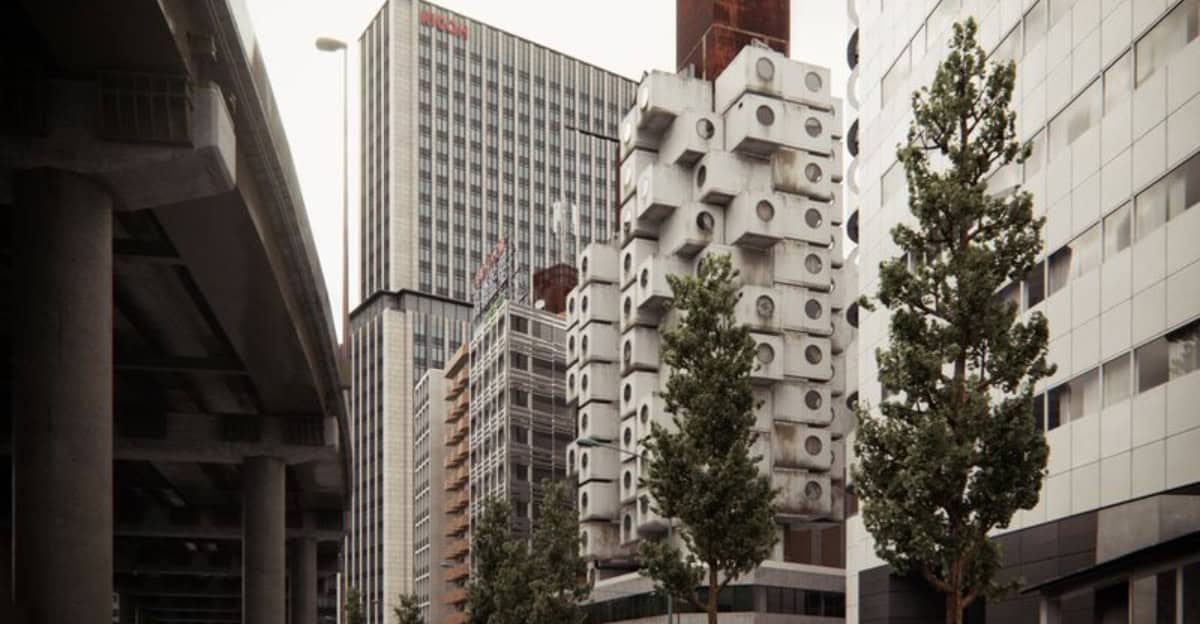Tokyo, a city where tradition meets innovation, boasts some of the most breathtaking architectural wonders in the world.
From towering skyscrapers to historical landmarks, each structure tells a unique story of Japan’s rich culture and forward-thinking design.
Whether you’re an architecture enthusiast or simply a curious traveler, exploring Tokyo’s architectural marvels is a journey into the heart of creativity and history.
1. Tokyo Skytree
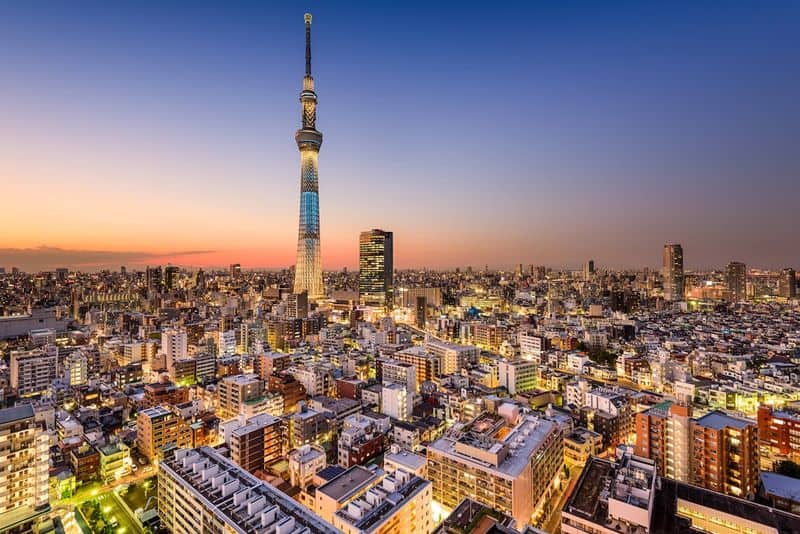
Standing at an impressive 634 meters, Tokyo Skytree is the tallest structure in Japan. It’s not just a broadcasting tower; it’s an icon of modern architecture. Visitors can enjoy panoramic views from its observation decks.
The Skytree blends traditional Japanese design with futuristic aesthetics. Its structure is designed to withstand earthquakes, showcasing Japan’s engineering prowess. Don’t miss the shopping and dining options at its base.
Each visit offers a new perspective on Tokyo’s sprawling landscape, making it a must-see for any traveler. Experience the height of innovation and tradition in one place.
2. Nakagin Capsule Tower
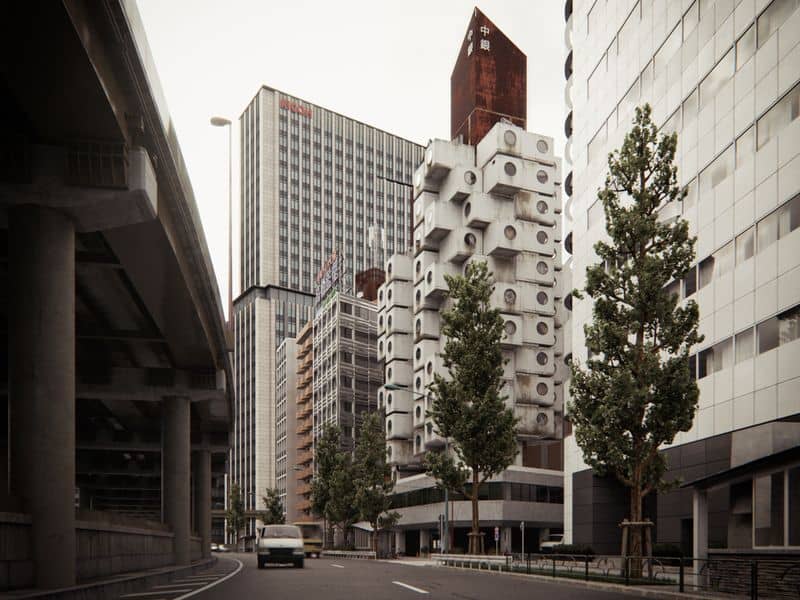
Designed by Kisho Kurokawa, the Nakagin Capsule Tower is a masterpiece of Metabolist architecture. Constructed in 1972, it offers a glimpse into a futuristic vision of housing. Each capsule serves as a compact apartment, showcasing efficient use of space.
The tower reflects the Metabolist movement’s principles of adaptability and growth. Although it faces potential demolition, its legacy continues to inspire architects worldwide.
Wandering around this iconic structure offers insight into a bygone era of architectural experimentation. It’s a must-visit for anyone interested in innovative designs of the past.
3. Fuji Television Building
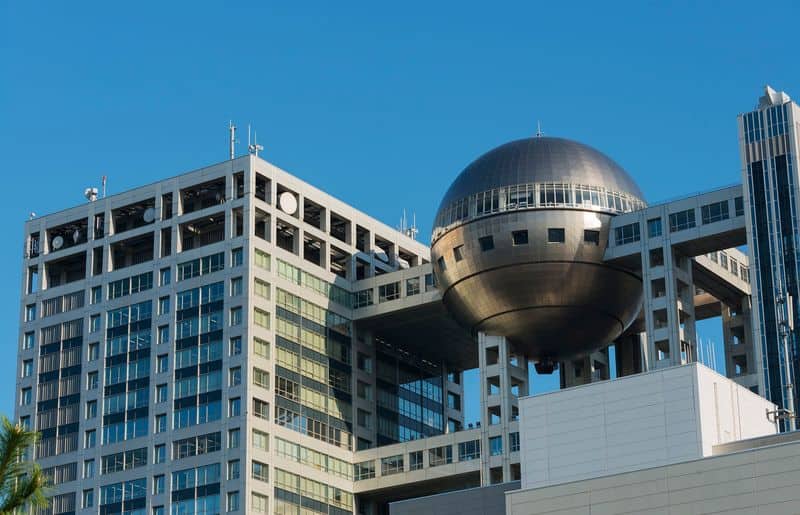
Located in Odaiba, the Fuji Television Building is a testament to futuristic architectural design. Its iconic spherical observation room offers stunning views of Tokyo Bay.
Designed by Kenzo Tange, the building’s bold structure is both functional and artistic. The exterior’s metallic finish reflects modernity and innovation. Inside, you can explore studios and interactive exhibits.
The building’s blend of technology and creativity makes it a highlight for visitors. It’s not just a television studio; it’s an architectural wonder that presents the future of broadcasting design in Japan.
4. Tokyo Tower
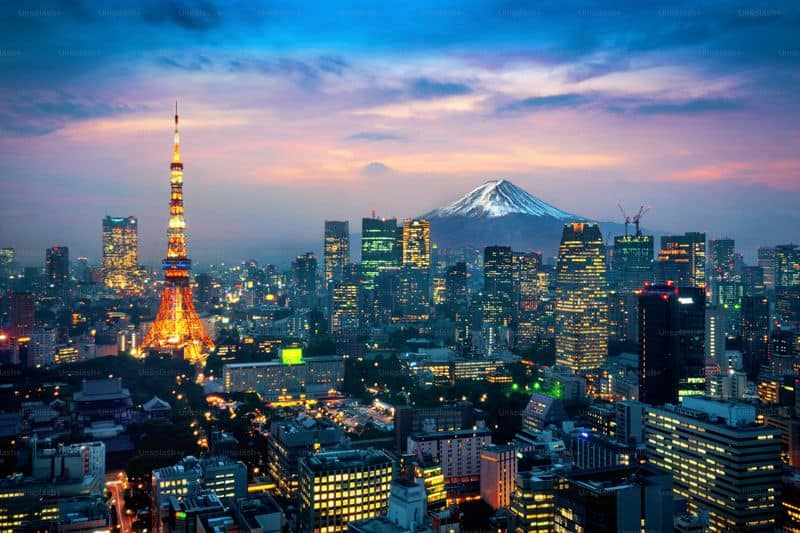
A symbol of Tokyo since 1958, Tokyo Tower stands as a beacon of the city’s post-war rebirth. Resembling Paris’s Eiffel Tower, it serves as both a communications and observation tower.
During the night, it illuminates the skyline with vibrant lights. Visitors can enjoy breathtaking views and visit the intriguing Tower FootTown. It’s a testament to Japan’s rapid modernization and cultural resilience.
The tower is a perfect blend of beauty and functionality. A visit here ensures a stunning view of Japan’s bustling capital, day or night, offering an unforgettable experience.
5. The National Art Center
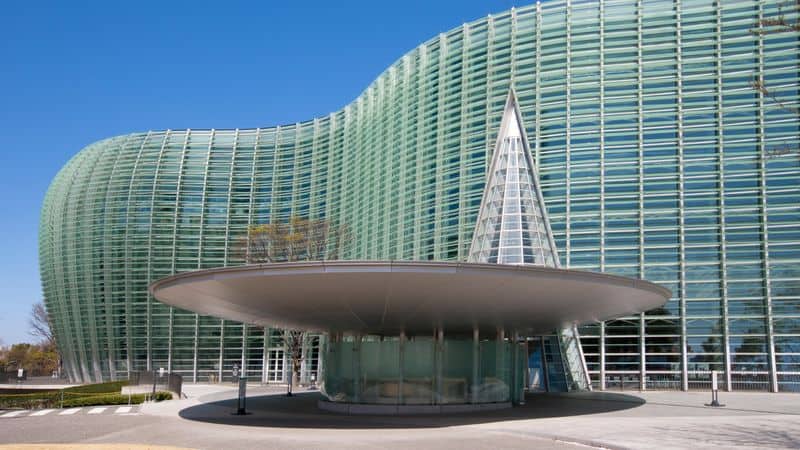
The National Art Center in Tokyo stands out with its undulating glass facade. Unlike traditional museums, it has no permanent collection, focusing instead on temporary exhibitions.
This approach allows for a dynamic and ever-changing art experience. The building itself is a work of art, designed by Kisho Kurokawa, offering fluid spaces that inspire creativity.
It’s not just about the exhibits; it’s about how the architecture complements the art. A visit here is more than just viewing art; it’s experiencing a space that fosters imagination and innovation. Enjoy the fluidity of art and architecture together.
6. Tokyo International Forum
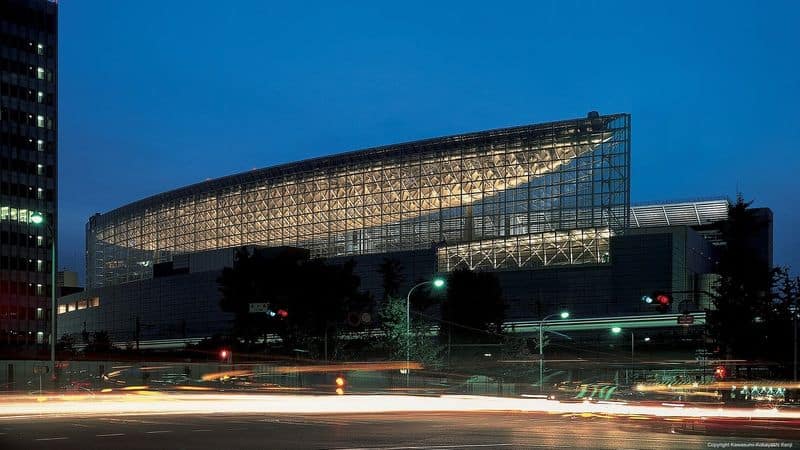
The Tokyo International Forum is a stunning example of contemporary architecture. Its vast glass atrium and sweeping curves create an inviting space for events and exhibitions.
Designed by Rafael Viñoly, it’s more than just a convention center. The Forum’s design embodies transparency and openness, hosting a variety of cultural events.
Its location in Marunouchi makes it easily accessible for visitors. Experience the synergy between form and function as you explore this architectural gem. Whether you’re attending an event or simply touring, its beauty and utility are equally impressive.
7. St. Mary’s Cathedral
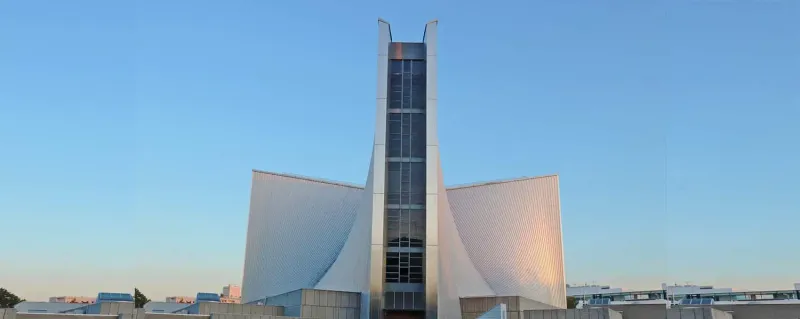
Designed by Kenzo Tange, St. Mary’s Cathedral in Tokyo is a marvel of modern religious architecture. Its soaring concrete walls and unique roof design create a serene atmosphere.
The cathedral’s minimalist interior contrasts with its dramatic exterior, inviting reflection and peace. It’s surrounded by a tranquil garden, enhancing its meditative quality.
The structure exemplifies the harmony between architecture and spirituality. Visiting St. Mary’s offers a moment of respite in bustling Tokyo, a connection to both the divine and the artistic. It’s an inspiring destination for architecture and peace seekers alike.
8. Yoyogi National Gymnasium
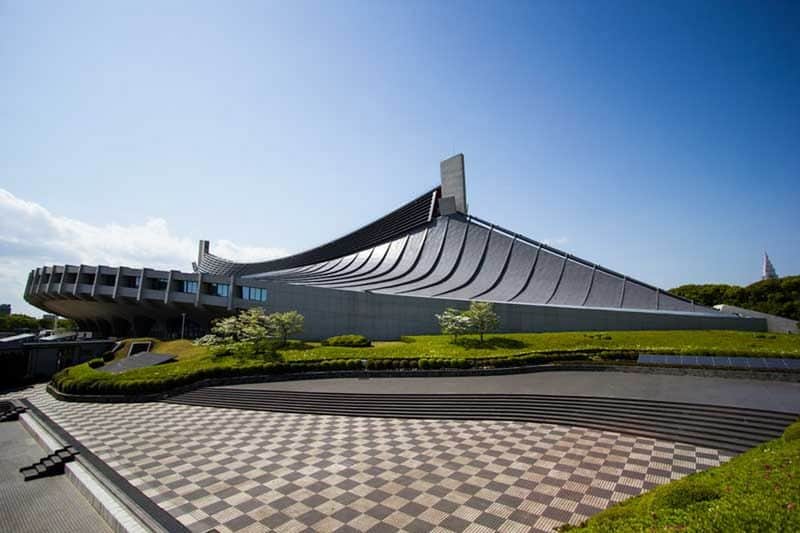
Built for the 1964 Tokyo Olympics, Yoyogi National Gymnasium is renowned for its innovative design. Architect Kenzo Tange’s vision resulted in a sweeping roof that appears to float above the structure.
This design not only captivates the eye but also enhances the acoustics inside. The gymnasium embodies the spirit of the Olympics and Japan’s post-war resurgence.
It’s located in a vibrant park, inviting visitors to enjoy both nature and architecture. The combination of engineering and art makes it a must-see landmark. Experience history and design in a single, breathtaking location.

